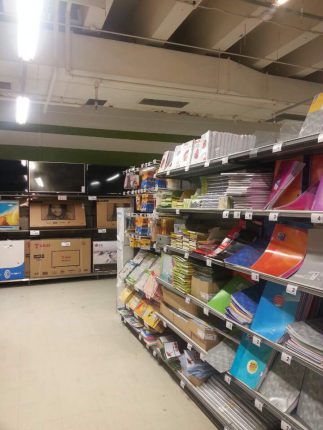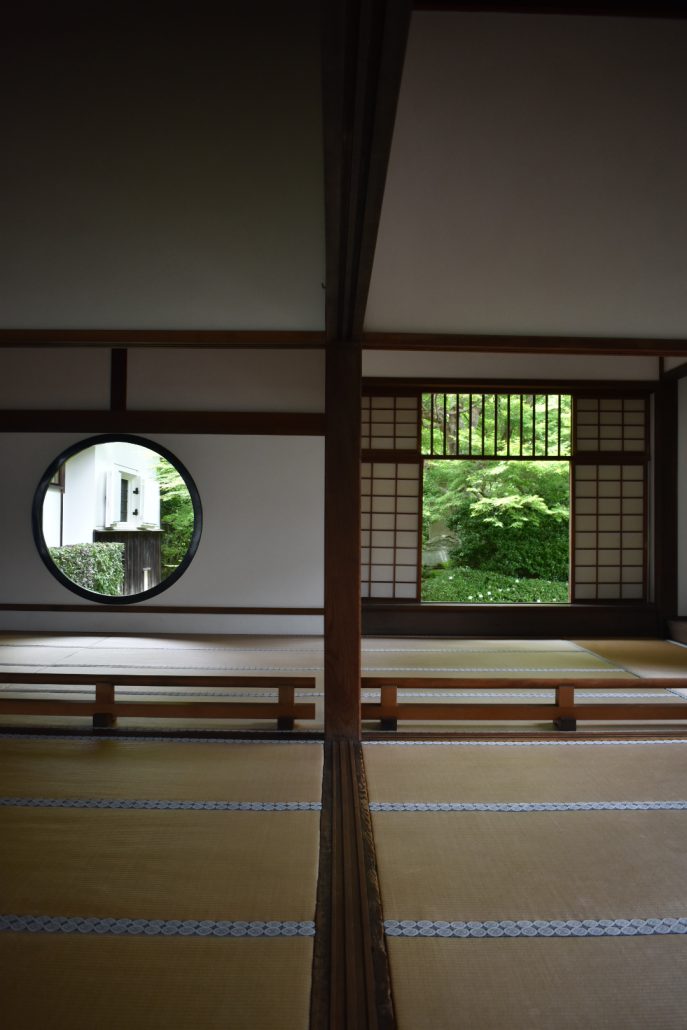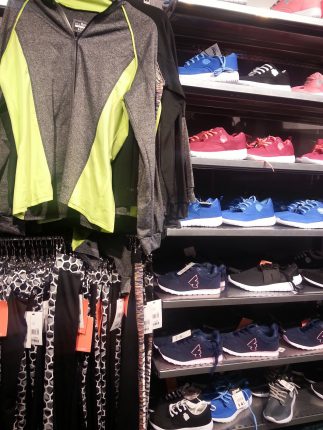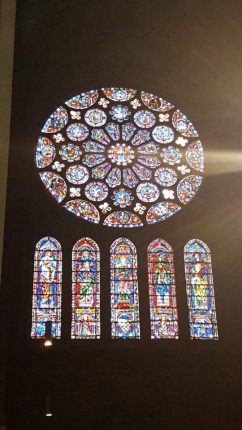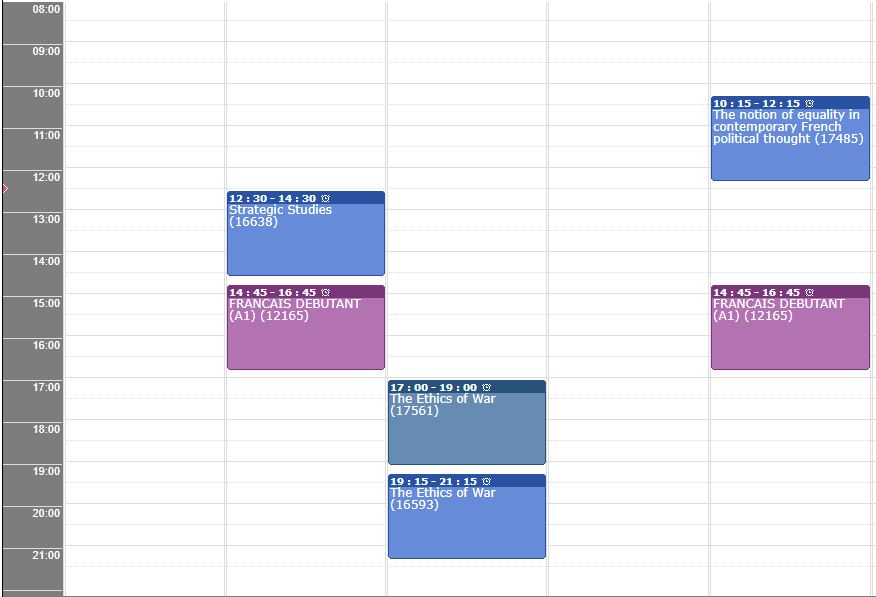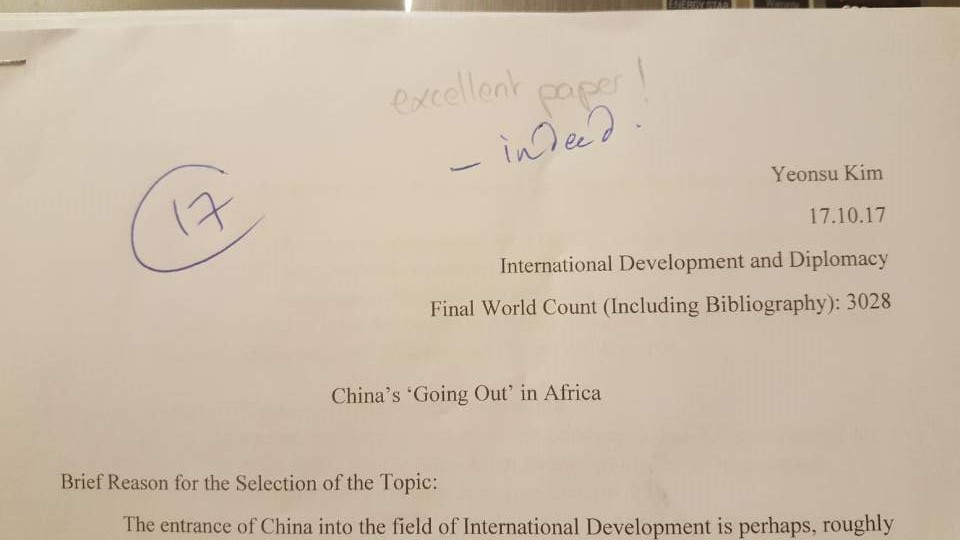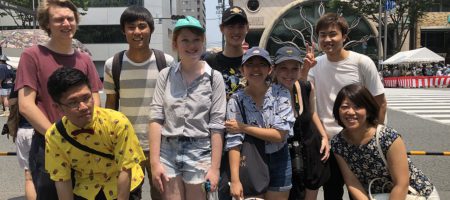France | Grocery Shopping
BY EILEEN KIM
Hello! I have returned with list of grocery shops in Paris as I have promised.
Shopping wise, prices can be ridiculously expensive. However, I have to say, the general living cost is significantly lower in Paris than in LA, especially if you know where to go. And here is a bit of list to help.
(First Three, I am not attaching any pictures since you can find them anywhere in Paris)
- Monoprix
It’s apostrophe brand mark is seen throughout the city, almost at every block and every corner. It’s like a smaller version of Target. They sell clothing and beauty supplies, but they also have huge grocery shops going on inside them. While some are comparably more expensive than others, they carry some groceries of their own brand and they are of great quality and price.
- Franprix
Franprix is another super market, but this one is more exclusively about food and kitchen related articles. The price is usually a little bit cheaper than Monoprix, but not so significantly. Franprix too can be found all around the city.
- Carrefour
Another supermarket, but a bit cheaper than Monoprix and Franprix, Carrrefour is the supermarket to go out of the first three listed. However, they are generally smaller and thus have limited products, and they are not as accessible as Monoprix and Franprix due to their smaller number of locations, at least as far as how I feel. They are mostly around residential areas.
- Lidl
The cheapest place to ever shop food is Lidl, and it is basically a food outlet. Its products are cheap, sometimes about half the price as Franprix, and have great selection of fresh fruits and vegetables. It also sells various items like bathrobes and sewing kits at cheapest prices on market, but those sales are only weekly and randomly, so it is not possible to make a shopping list in advance for those without weekly catalogs. There are only three Lidl locations throughout the city, I believe, and they are strictly restricted to residential areas.
- Geant
Meaning Giant, Geant is French Costco. With its products ranging from TVs and other electronics to kitchen utensils to office tools to fresh grocery, there is nothing that one cannot find here. This is perhaps the best place to shop when settling in at your apartment for the first time. However, there is only one Geant in the entire Paris, and its public transportation access is limited to Tram 3a.
- Tang Freres
Tang Freres is an Asian food market chain, and it has food from China, Japan, Korea, Thailand, Vietnam…. and the list goes on and on. Everything Asian can be found in this place, and the products are very cheap, especially compared to K Mart, a Korean market in center of Paris. The chain can be found in every arrondisement. But it may be bit difficult to shop here if you don’t speak neither French nor Chinese.
So there we go! I generally shop at Lidl, but I also visit Tang Freres and Geant often for things that I cannot find at Lidl. I usually end up spending about $30-35 on grocery every week, buying things like tofu, fruits, vegetables, meat, bread, and packed snacks, and I cook all my meals, 3 times a day. Though cooking may be time consuming, but it is surely the cheapest way to eat in Paris, and, I dare say, once cooking becomes a habit, it is the best way to live Parisien.
See you soon!
Eileen Kim studied abroad in Paris, France in 2017: http://eap.ucop.edu/OurPrograms/france/Pages/political_science_sciences_po.aspx






